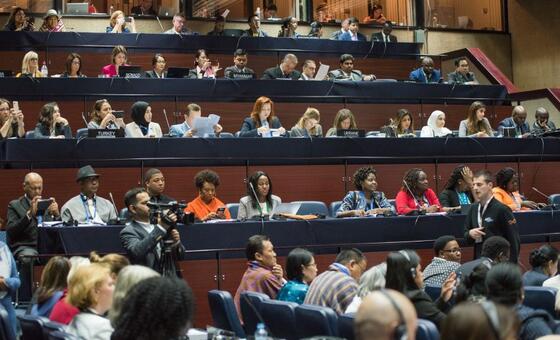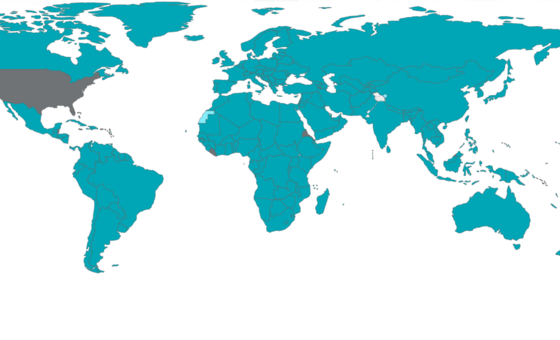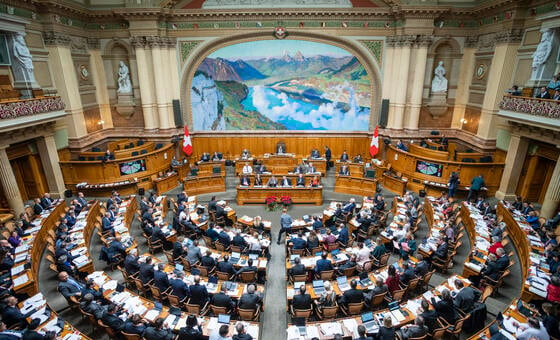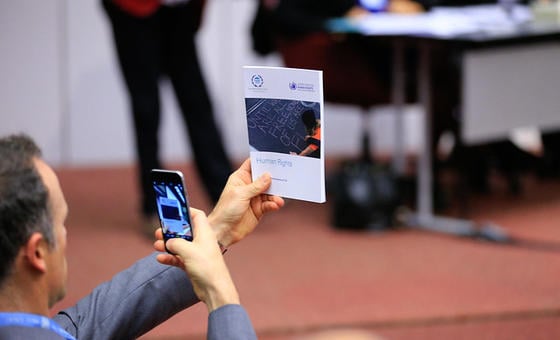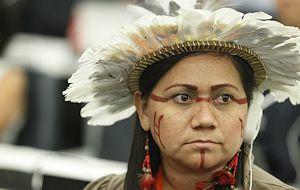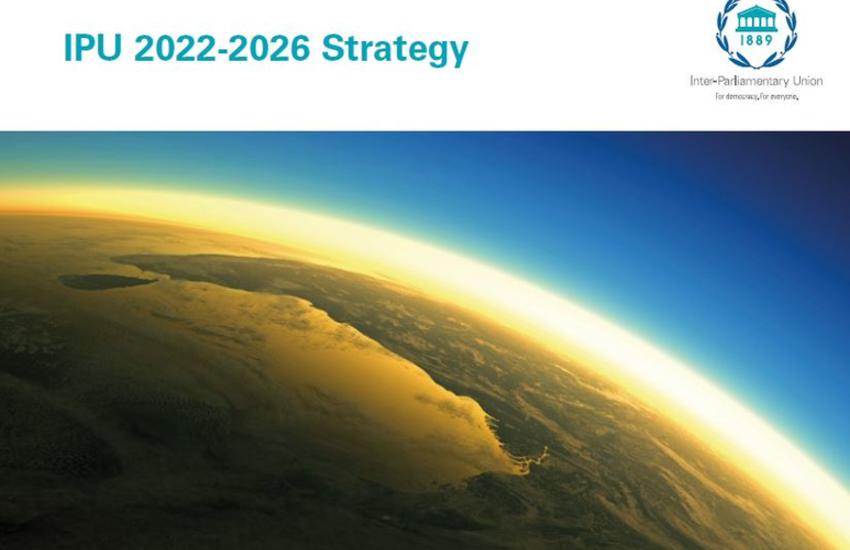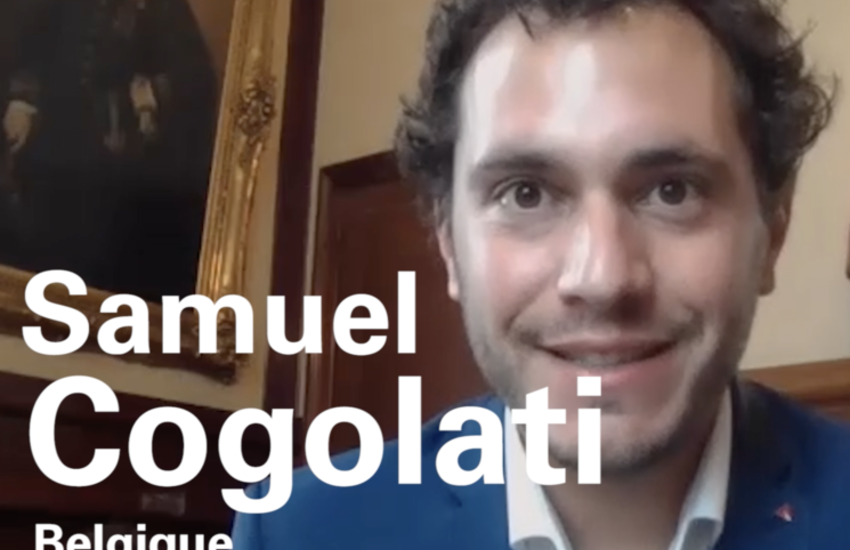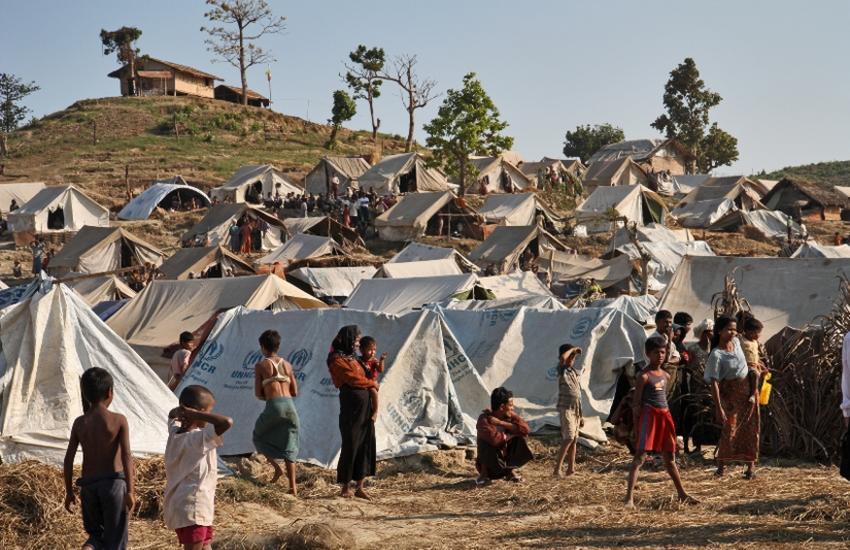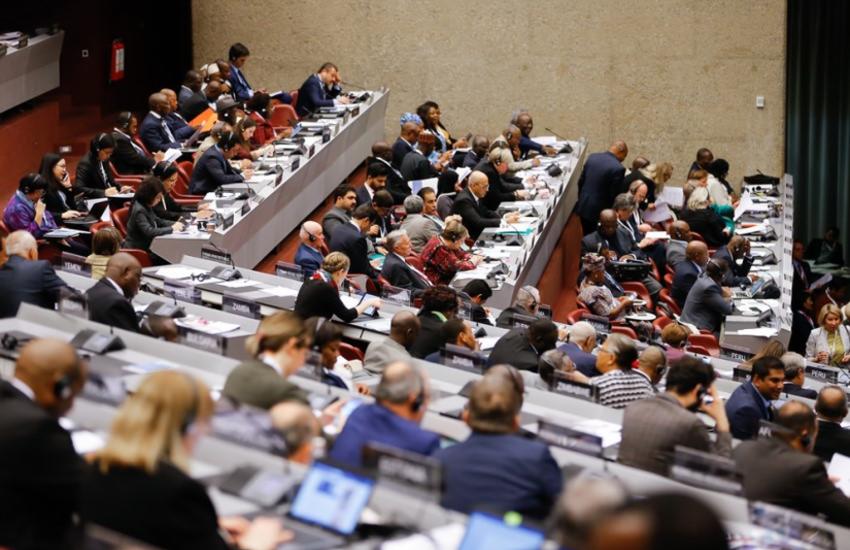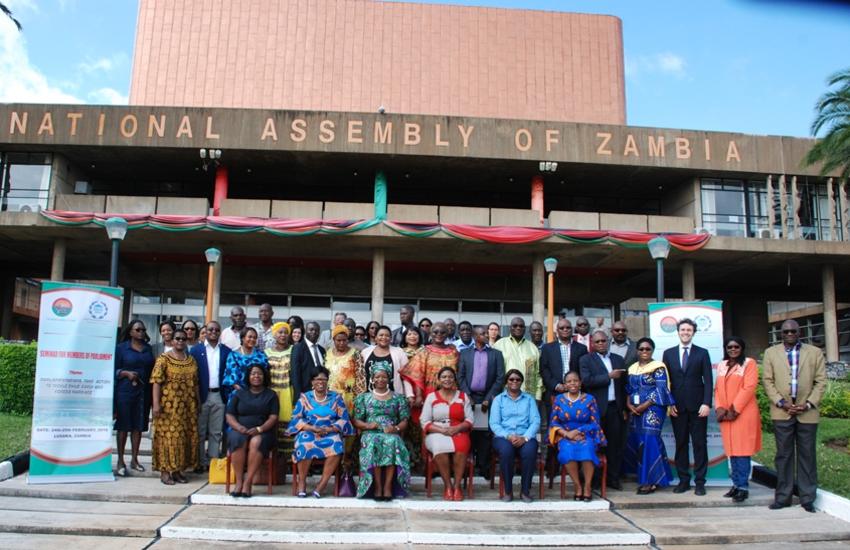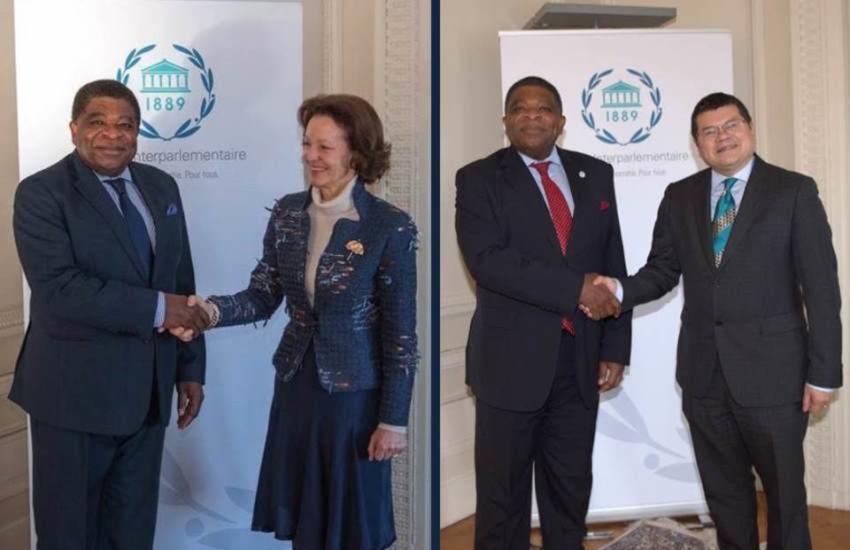What are the challenges and opportunities in increasing the numbers of indigenous MPs? How can indigenous MPs effectively represent their constituencies? Where do parliaments fit in the broader picture of indigenous peoples’ political participation? These are questions to be addressed at a side event to the World Conference on Indigenous Peoples in New York on 22-23 September. Organized by IPU, the event on 23 September - “The Participation of Indigenous Peoples in Parliament”- will not only bring together MPs but also representatives from international organizations such as the UN and Chief Wilton Littlechild, Chairperson of the UN Expert Mechanism on the Rights of Indigenous Peoples and former Canadian MP.
The meeting will also provide an important opportunity to present two new publications on indigenous peoples rights and political participation: an IPU survey “Beyond numbers: the participation of indigenous peoples in parliament”, and a Handbook for Parliamentarians on “Implementing the United Nations Declaration on the Rights of Indigenous Peoples”, jointly produced by IPU, OHCHR, UNDP, IFAD and SPFII. There are approximately 370 million indigenous peoples in some 90 countries throughout the world. While they constitute five per cent of the world’s population, they make up 15 per cent of the world’s disadvantaged. Of the 7,000 languages in the world today, more than 4,000 are spoken by indigenous peoples.

